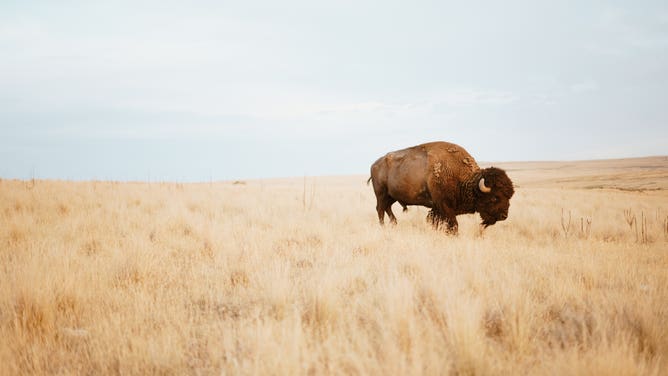The complex relationship between wildfires and wildlife
Scientists are still learning how wildlife are adapting to the latest extreme wildfires.

Wildfires are a natural component of the environment. But given the intensity of recent wildfire seasons in parts of the United States, they're posing a significant threat for many communities.
In addition to those communities, wildfires are also impacting wild animals.
While generations of bears, wolves, turtles, hawks and other animals have seen and adapted to thousands of wildfire seasons, some of the latest wildfires in Montana and other western states have been particularly intense and fast-moving – putting the animals' adaptations to the test.
The increase in wildfires
"What's happening in Montana is similar to what's happening, really, all over the world," said Sam Fuhlendorf, Regents Professor and Groendyke Chair for Wildlife Conservation at Oklahoma State University.
"The timing is different, and it happens in different areas all the time. But it seems like it's fairly common right now for there to be really large, much larger, much more extreme wildfires than have been recorded for the last 50 years."
Reasons for this change are debated in the world of fire ecology, the study of wildfires and their relationship with the environment. Some scientists believe that it's due to the mismanagement of the land and the fuels, whereas others believe its due to climate change.
According to Fuhlendorf, "the answer is both."
How wildlife respond to wildfires
Fires in the wild mean that wildlife are having to find ways to survive the blazes, both in the short and long term.
"You've got the immediate effect of fire that can obviously be really detrimental for some wildlife, causing direct mortality from heat and smoke and their ability to move," said Fuhlendorf.
In some studies involving fires that are not extreme or fast-moving, Fuhlendorf said some animals interact with fire in a positive way, particularly when it comes to foraging and hunting.
"Burned areas have fresh regrowth," said Fuhlendorf. "The animals are drawn to these recently burned areas, and there they get higher quality forage."
Carnivorous birds — primarily hawks — have also been found to use the fires to hunt insects, lizards or small animals.
"It's a nice lesson in wildlife ecology that almost every action leads to something positive for some species and something negative for other species — and fire is very much that way."
Learning from wildfires
The immediate response of wildlife to extreme wildfires is something that’s not largely well studied, according to Fuhlendorf.
"You would have to have animals out and observe them when the fire happens to see how they change, and I'm not sure how many studies that have actually done that."
Most of the research involving animals were conducted on prescribed fires, which are much less intense than wildfires and have the intent of keeping things safe.
"The numbers of dead wildlife that we find are much lower, at least in their gene pool," said Fuhlendorf. "From an evolutionary standpoint, this is not their first fire."
"These landscapes have burned for thousands of years or more, but largely when people first got here 50 thousand years ago or so, give or take a thousand years. The primary tool they used was fire, and these animals are largely adapted to that."